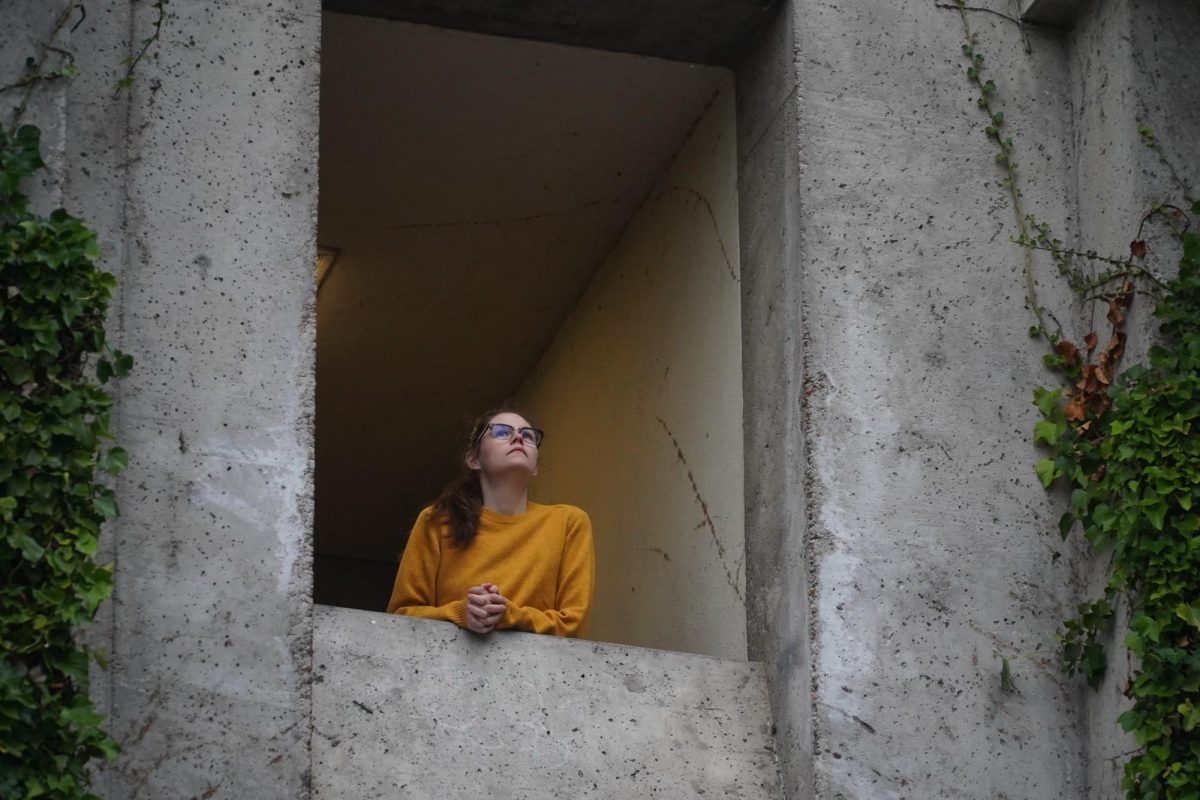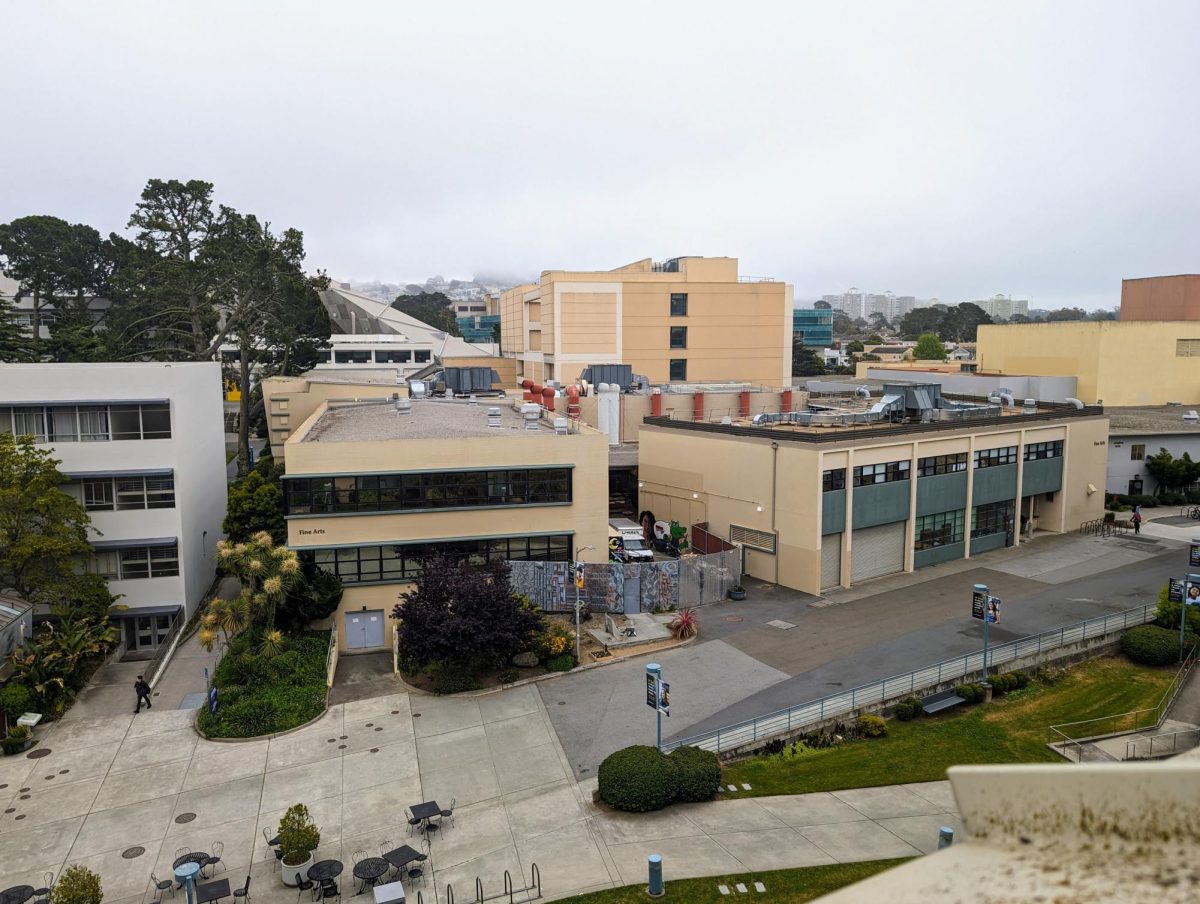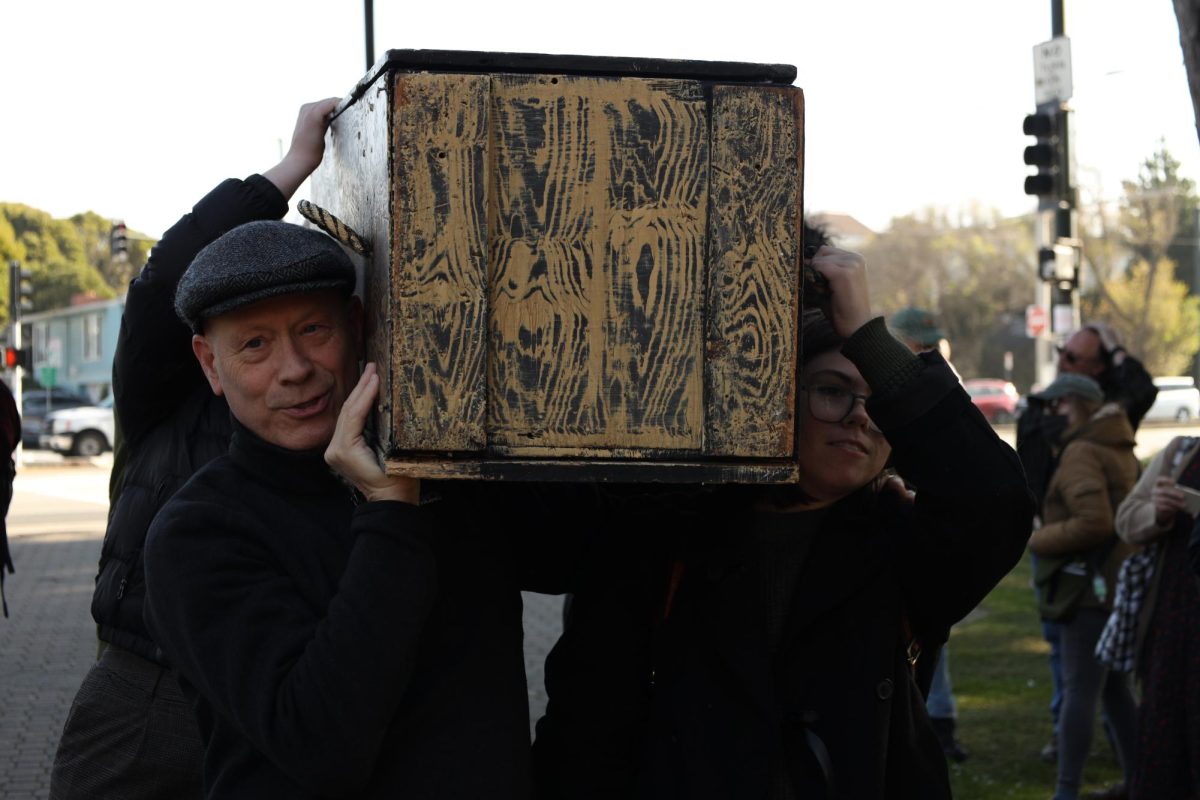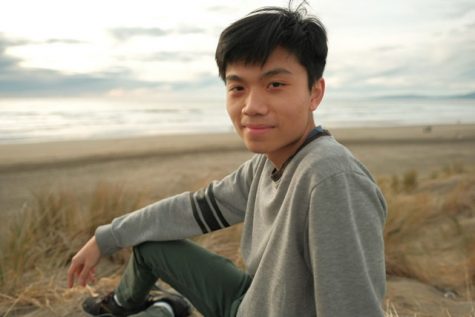Kim Schwartz, director of SF State’s School of Theatre & Dance, has occasionally visited her office this semester. On her walks through the halls, she purposely avoids walking past the theatre.
“It makes me too sad,” Schwartz wrote in an email to Xpress. “I can’t wait to return and feel like it is a joyful place again!”
Which, if all goes according to plan, will be next fall.
SF State’s School of Theatre and Dance students should expect to be on the stage next semester, according to Schwartz, who said as of now, 70% of the classes offered by the department are scheduled to be held in person in the fall.
Between the two majors, theater and dance, there are 47 classes offered. 33 of those are planned to be offered entirely in-person or have an in-person component. The department even has plans for a production in the Little Theatre this November.
“Of course, so much is up in the air right now that we do not yet know if there will be anyone in the theatre besides the performers and a few technicians,” Schwartz wrote. “We are planning for the worst but hoping for the best.”
Decisions this semester have been made through regular meetings between colleagues from both the theatre and dance programs.
However, these decisions are at the mercy of the San Francisco Public Health Department. Last week, San Francisco officially was declared to be in the yellow tier of COVID-19 restrictions, which allows for in-person classes under specific guidelines.
Micheal Scott, associate vice president for Research and Sponsored Programs and Logistics Section Chief, knows these guidelines all too well.
So far, only health-related classes have been able to return to campus.
“We were able to get the health professions back because that was considered important for public health,” Scott said. “Anything outside of that we couldn’t justify having students attend in a lab or on campus.”
He described some of the unusual guidelines that may need to be taken if COVID-19 numbers rise and how the theatre and dance department’s classes will look different.
Acting classes will be held in different rooms with better ventilation. Dancers’ routines may have to adjust to being 12 feet apart. Plays may have to be written differently as characters must be six feet apart – this means no romantic kisses or emotional embraces.
According to Scott, the hardest of all are choral performances. Singing is limited and the horns have to wear their own masks. Yes, the instruments have to wear masks too, along with the horn players who must wear a nose mask to play.
“I’m hoping the rules will get easier, and then a lot of this stuff will go away,” Scott said.
Dance professor Ray Tadio is “crossing his fingers” to be back for a recital next fall and meet some of his dance seniors for the first time.
“We have transfer student juniors that we’ve never met and they are going to be in their last year,” Radio said. “We want them to at least dance and to apply what they’ve learned in classrooms onto a stage.”
However, both Scott and Schwartz echoed that faculty safety has been the largest deciding factor.
Schwartz made decisions based on several surveys taken by the students, the results indicating a great desire to return to campus while also ensuring that students had options to continue online if that was best for them.
“Most of the faculty is excited to come back to campus and work with our students in person,” Schwartz said. “We have a couple of faculty members that preferred to continue to teach online for a variety of reasons. I honored those requests while I was putting together the Fall class schedule.”










